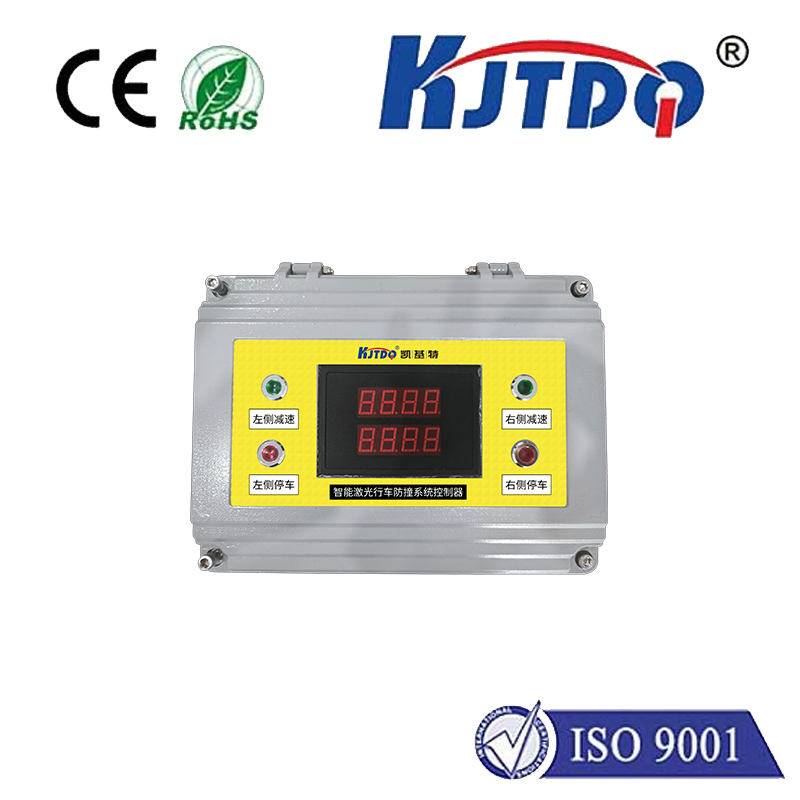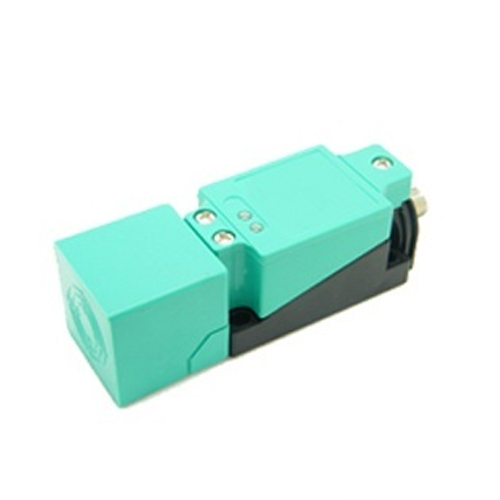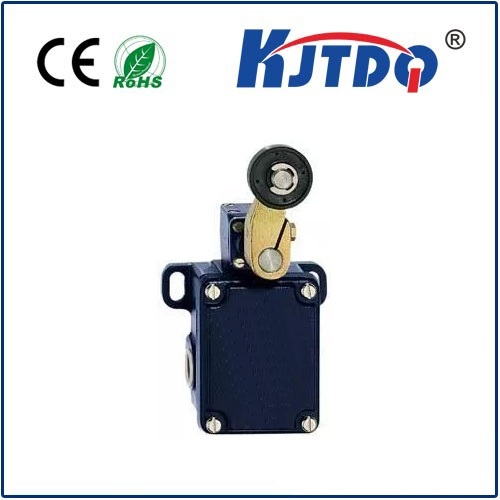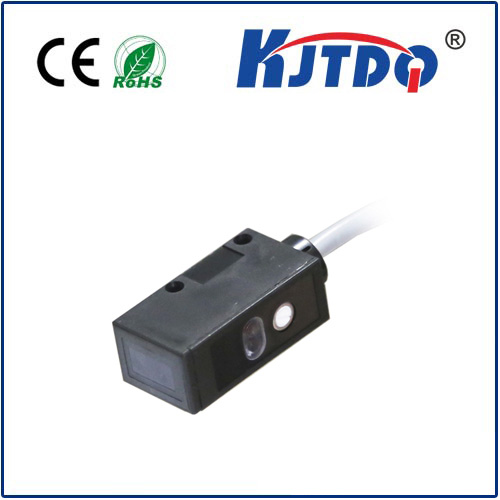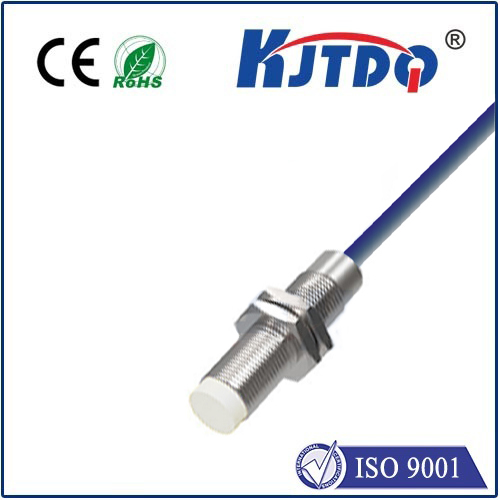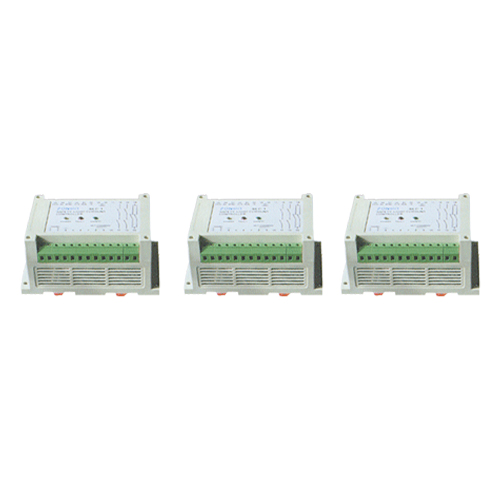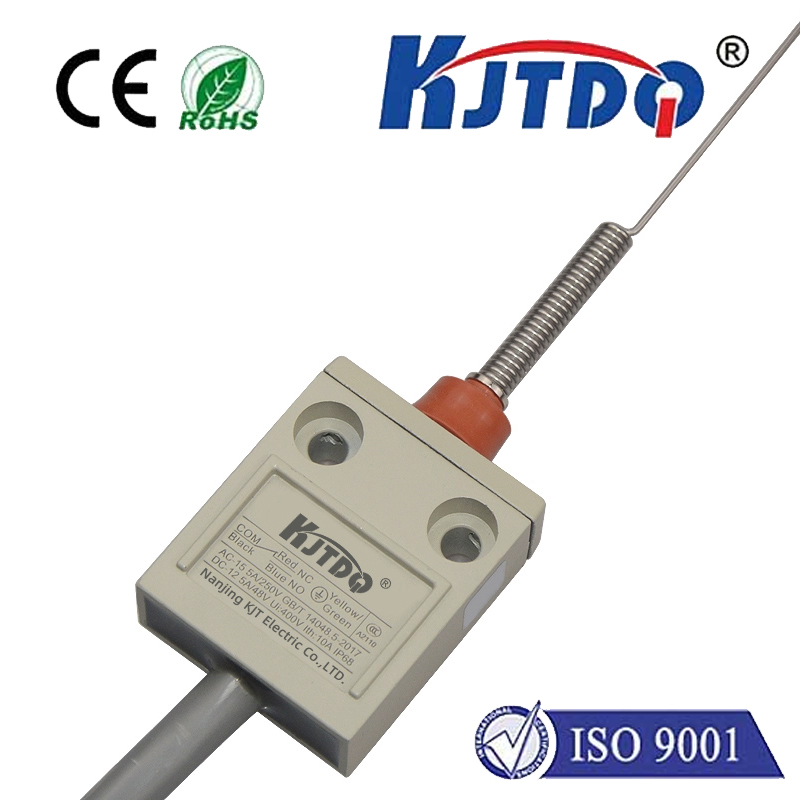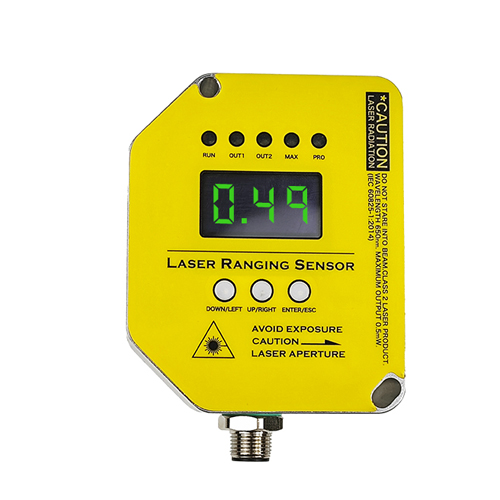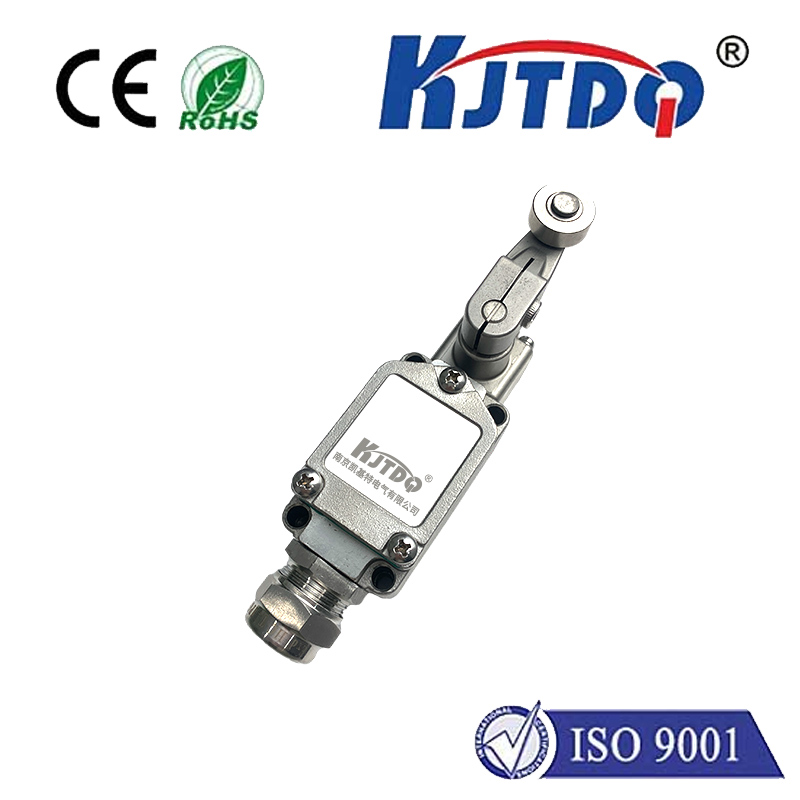

check

check

check

check

check

check

check

check

check

check
Title: Intrinsically Safe Limit Switch: The Ultimate Safety Solution for Industrial Applications
Introduction:
In the world of industrial automation, safety is a top priority. One of the key components ensuring safe and reliable operation is the use of limit switches. However, traditional limit switches can be risky as they rely on physical contact, which can cause damage or even injury in the event of an emergency. This is where the intrinsically safe limit switch comes into play. In this article, we will explore what an intrinsically safe limit switch is, how it works, and why it is essential for ensuring safety in various industrial applications.
Section 1: What Is an Intrinsically Safe Limit Switch?
An intrinsically safe limit switch is a type of safety device that operates without any physical contact between the switch and its surroundings. Instead, it utilizes advanced technology to detect changes in pressure, magnetic fields, or other parameters to signal when the switch has been activated. This eliminates the risk of accidental activation due to mechanical failure or human error, making it ideal for use in hazardous environments where physical contact with moving parts or equipment must be avoided.
Section 2: How Does an Intrinsically Safe Limit Switch Work?
The working principle of an intrinsically safe limit switch involves several crucial components, including sensors, microchips, and relays. The sensors detect changes in environmental parameters such as pressure or temperature and trigger a response. These responses are then processed by the microchip within the switch, which determines whether the switch should open or close. The final action is carried out by the relay, which either connects or disconnects electrical circuits to activate the desired safety measures.
Section 3: Applications of Intrinsically Safe Limit Switches
Intrinsically safe limit switches find widespread use in various industrial applications where safety is critical. Some examples include:
Chemical Processing: In highly hazardous chemical processing facilities, intrinsic safety limits can detect leaks or overpressure situations, preventing potential explosions or injuries.
nuclear power plants: These facilities require strict safety protocols to prevent accidents caused by radiation exposure or equipment malfunction. Intrinsic safety limits can monitor conditions such as temperature fluctuations and prevent dangerous levels of radiation from reaching humans and animals.
Aerospace Industry: The aerospace industry uses intrinsic safety limits to ensure the safe operation of aircraft during emergencies like engine failures or crashes. These limits can detect changes in pressure or temperature within the aircraft's systems and provide early warnings to pilots, allowing them to take corrective action before disaster strikes.
Conclusion:
In conclusion, the intrinsically safe limit switch represents a significant advancement in industrial safety technology. Its ability to operate without physical contact makes it ideal for use in hazardous environments where traditional limit switches may pose a risk to personnel or equipment. As companies continue to adopt safer technologies in their operations, intrinsic safety limits are likely to become increasingly common in a wide range of industries. By prioritizing safety and investing in innovative solutions like these, organizations can create a safer and more sustainable future for all.
